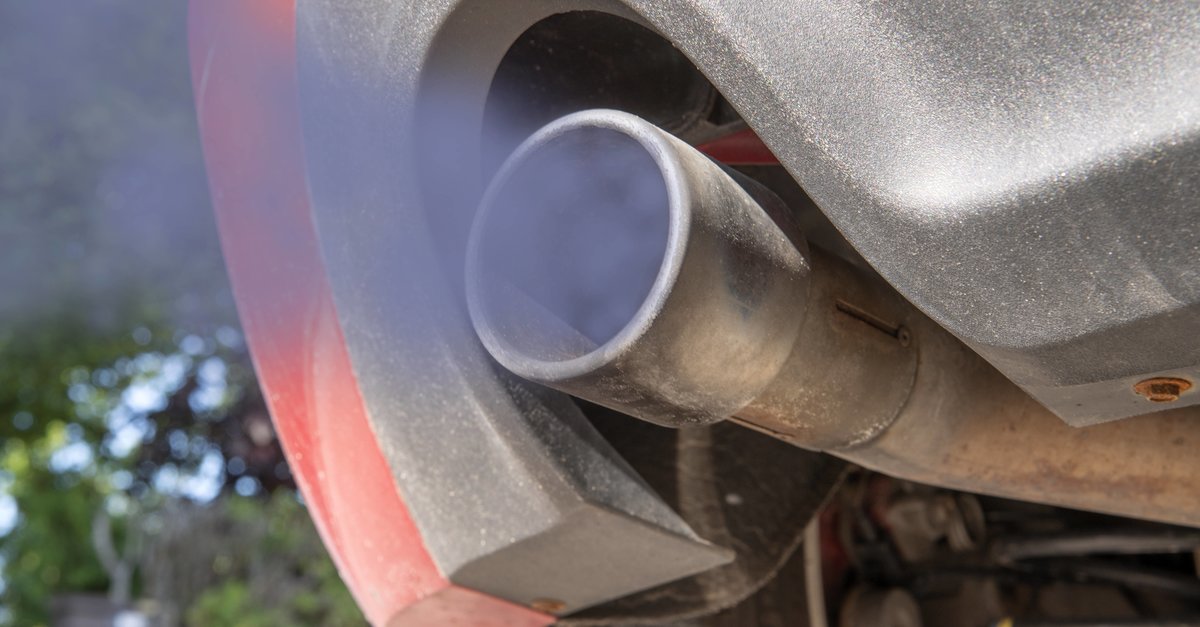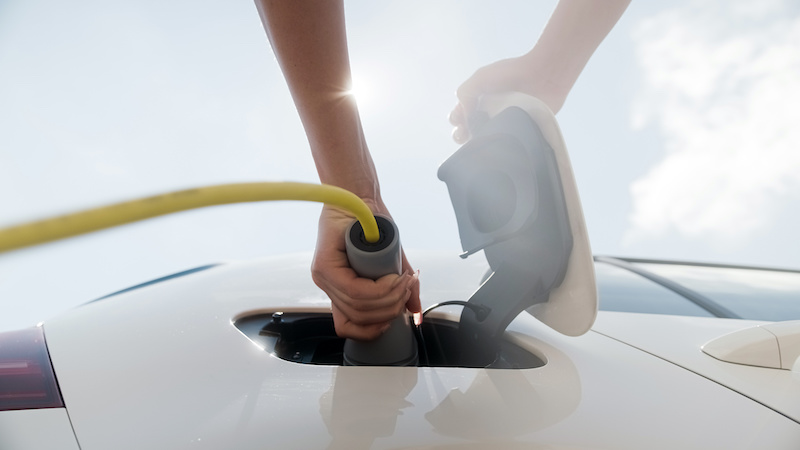How does a credit card actually work?
When it comes to paying, the credit card in particular is a versatile means of payment. This is because users can use it to make cashless payments online and in bricks-and-mortar stores or to collect cash from machines. But how does a credit card work?
Credit cards are relatively diverse. For example, you can use it to pay online or in stores – and you don’t even necessarily have to have a lot of money.
In Germany were statistics according to about 38.5 million credit cards issued so far. In addition, around 1.7 billion transactions took place in 2021. But how does a credit card work?
Contents
How does a credit card work?
The easiest way to understand how a credit card works is to compare it to a debit card, also known as an EC card. explain. If you use it for payment, the bank will promptly debit all individual amounts from the associated giro account. There is no separate monthly billing.
With a credit card it is different. If you apply for it, the bank will give you a credit limit every month in advance – that is, a certain amount of money that you can use to pay for items or services. Hence the name, because you get a loan from the bank.
At the end of the month you will then receive a credit card statement that you have to pay. Either the bank deducts the amount from your checking account or you transfer the sum. Some institutes give you the option of paying your bill in installments.
If you pay back the “borrowed” amount on time, no interest will accrue. Otherwise you may incur additional charges.
This is how you can pay by credit card
When you want to use your credit card to make a purchase at a local store, you typically authorize the purchase with a PIN or your signature. For smaller amounts, you may not have to state anything of the sort.
When you want to pay for something online with a credit card, authorization is usually provided by the three-digit CVC verification number found on the back of your card. The amount to be paid is then usually approved and stored by the bank. You can view the item later on your credit card statement.
With each purchase, the credit limit is reduced accordingly. For example, if you have agreed a limit of EUR 1,000 and pay EUR 90, you will then only have EUR 910 at your disposal until the settlement date. At the end of the month, the total amount will be debited from your account. Once that is done, the bank refills the available frame.
How secure is paying by credit card?
Credit cards are secured by various precautions taken by banks and institutes. The corresponding characteristics protect you especially when making payments in stores.
For one thing, each card has an EMV chip. This stands for “Europay International, MasterCard and Visa”. The chip is the card’s data communicator and is difficult to copy, alter or manipulate, protecting it from criminal duplication. It can also be used to check the card owner’s PIN and the authenticity of the card offline.
The 16-digit credit card number also ensures security. It is embossed and therefore tactile. If an electronic reader fails, the card can also be checked using a so-called imprinter, which prints the card information.
Credit card protection via hologram and index
Another measure are holograms. They are extremely difficult to counterfeit and thus prevent physical duplication of the credit card. With MasterCards, for example, the hologram consists of two globes on which the continents are depicted. If you move the card against the light, you will see the inscription “MasterCard”. At Visa, on the other hand, the hologram shows a dove flying to the top right. However, American Express credit cards do not have a hologram.
In addition, every credit card has a card number index. It consists of four digits and can be found below the credit card number. The aim is to make counterfeits quickly visible, even to the untrained eye. Finally, there is a hidden writing on most credit cards. It becomes visible when you look at the card under UV light.
How does a credit card work: fraud protection
The back of a credit card mainly bears the signature line to protect against credit card fraud. This line is made of chemical paper, which makes tampering very noticeable. For example, MasterCard cards have the word “MasterCard” printed at a 45-degree angle to the signature line in blue, red, and yellow.
In addition, you can often find the last four digits of the credit card number on the signature line. To the right is the three-digit card security number that every credit card contains to support security.
It can happen that a bank rejects the payment and blocks the card for security reasons. This often happens when you are traveling abroad and there is a suspicion of theft. A simple call to the service hotline is usually sufficient to confirm that you really wanted to use the credit card yourself and that your card will be unblocked again.
Also interesting:


